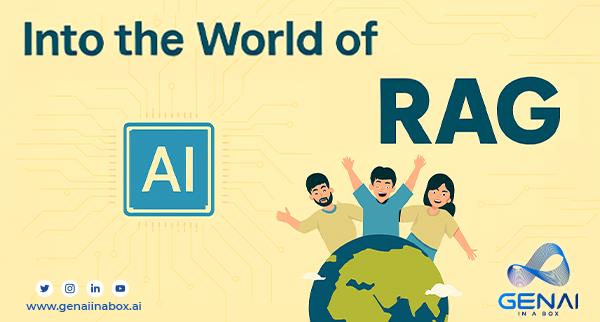Learn how Retrieval-Augmented Generation (RAG) blends generative models and real-time data to deliver more accurate and context-aware AI responses.
Fine-tuning embedding models is a game-changer for improving retrieval performance and ensuring context-aware outputs with lesser latency.
Meet Agentic RAG—where Retrieval-Augmented Generation meets agent-like decision-making, powered by reinforcement learning.
In Retrieval-Augmented Generation (RAG), accurate and relevant information retrieval is crucial for generating high-quality responses. However, traditional retrieval methods often return results that are not optimally ranked for relevance. This is where **reranking** comes into play, significantly improving retrieval system performance.
Embedding Model converts texts, words, images into numerical form known as vectors, Vectors are used for Context and Relationships between texts, words, they are stored in Vector Database.
The effectiveness of a RAG system heavily depends on one fundamental preprocessing step: chunking.






